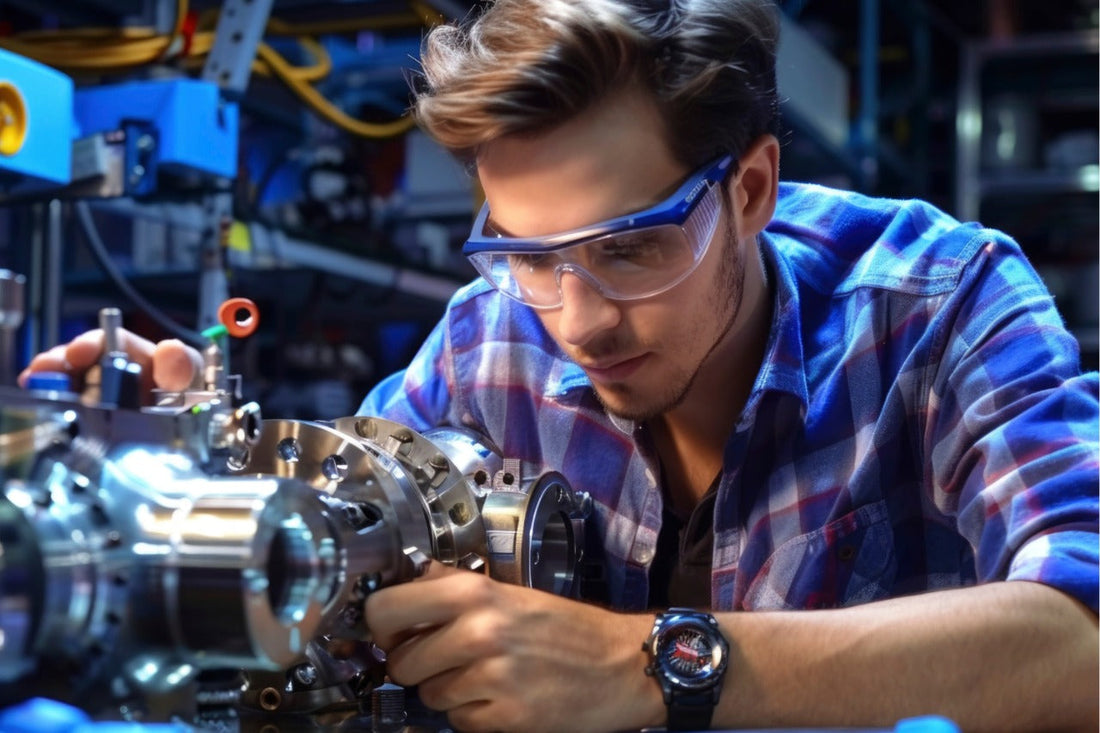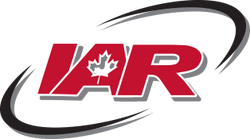
Why Calibrating After Electronic Servo Motor Repair is Critical for Accuracy
Jitendra PatiWhen a servo motor breaks down, the immediate concern is to get it repaired so production can get back on track. But once the repair is complete, there’s one step that often doesn’t get enough attention and that is calibration. Skipping calibration after electronic servo motor repair in Canada can cause even a perfectly repaired motor to underperform. A motor may start up, but if its feedback systems are not tuned, its accuracy and responsiveness are compromised. For industries where precision is everything such as automotive, aerospace, CNC machining, and robotics, this can be the difference between seamless performance and costly downtime.
What Calibration Actually Does
Calibration isn’t just about fine-tuning; it’s about syncing the servo motor with its control system. Modern servo motors rely on encoders, sensors, and drivers to function properly. If these parts are not aligned after repair, the machine might send signals that the motor interprets incorrectly. For example, a CNC spindle could cut slightly off measurement, or a robotic arm could miss its designated path. That tiny error, repeated thousands of times, turns into serious quality issues. Calibration ensures that what the control system commands is exactly what the motor executes.
Why Repairs Alone Are Not Enough
Imagine fixing a high-performance sports car engine but not aligning the wheels afterward. It might run, but it won’t drive the way it should. The same logic applies to servo motors. After repairs, components like encoders, bearings, or sensors may not be perfectly aligned. Without calibration, the machine will still function—but not with the accuracy industries demand. Especially in production lines where tolerances are measured in microns, a small drift can mean entire batches of products going to waste.
The Risks of Skipping Calibration
Skipping calibration is risky for several reasons. First, accuracy drops, which directly affects product quality. Second, machines begin to work harder to compensate for misalignment, which increases wear and shortens lifespan. Third, the control system may generate fault errors, leading to unplanned shutdowns. In competitive industries, downtime equals lost revenue. That’s why companies who opt for electronic servo motor repair in Canada often insist on thorough calibration before signing off on the job. It’s a form of insurance against recurring failures.
How Professionals Calibrate Servo Motors
Calibration isn’t a random adjustment; it’s a structured process. Professionals use advanced diagnostic tools to measure motor feedback and compare it with control signals. They test parameters such as torque, speed, and position accuracy under load conditions. Software tools often assist in fine-tuning the motor’s response, ensuring it reacts precisely as required. In Canada, many repair specialists also document calibration data to provide proof that the motor is performing to standard before it’s returned to the client. This gives industries peace of mind and a baseline for future maintenance.
Calibration and Industry Standards
Industries in Canada often operate under strict quality certifications like ISO and CSA standards. For manufacturers working in aerospace, defence, or medical technology, compliance isn’t optional. Calibrated motors help meet these standards consistently. Without calibration, even minor errors could mean failing an audit or losing a contract. That’s why calibration is not just a technical step; it’s also a compliance requirement for many businesses relying on servo technology.
Some Final Thoughts
A repaired motor that hasn’t been calibrated is like a musician playing an instrument that’s out of tune - technically functional but far from reliable. Precision is earned through that final step of calibration. If your company invests in electronic servo motor repair in Canada, make sure you also demand proper calibration. It’s not just about getting the motor running again; it’s about restoring its original accuracy and efficiency.
In the end, calibration is where science meets performance. It ensures that every repaired motor doesn’t just run, but runs right. After all, in industries driven by accuracy, “close enough” is never good enough.
